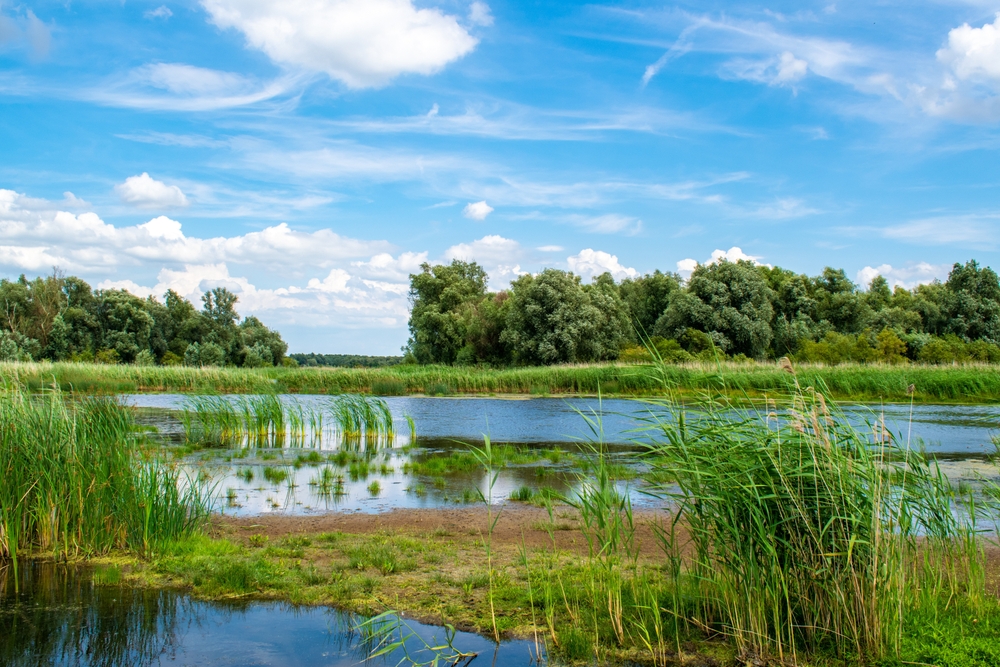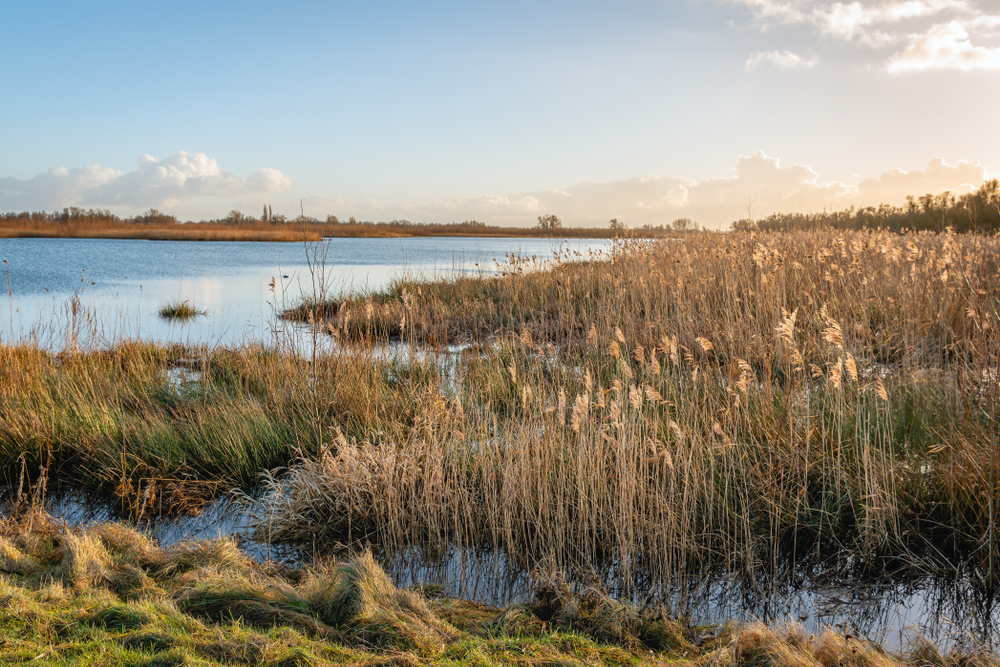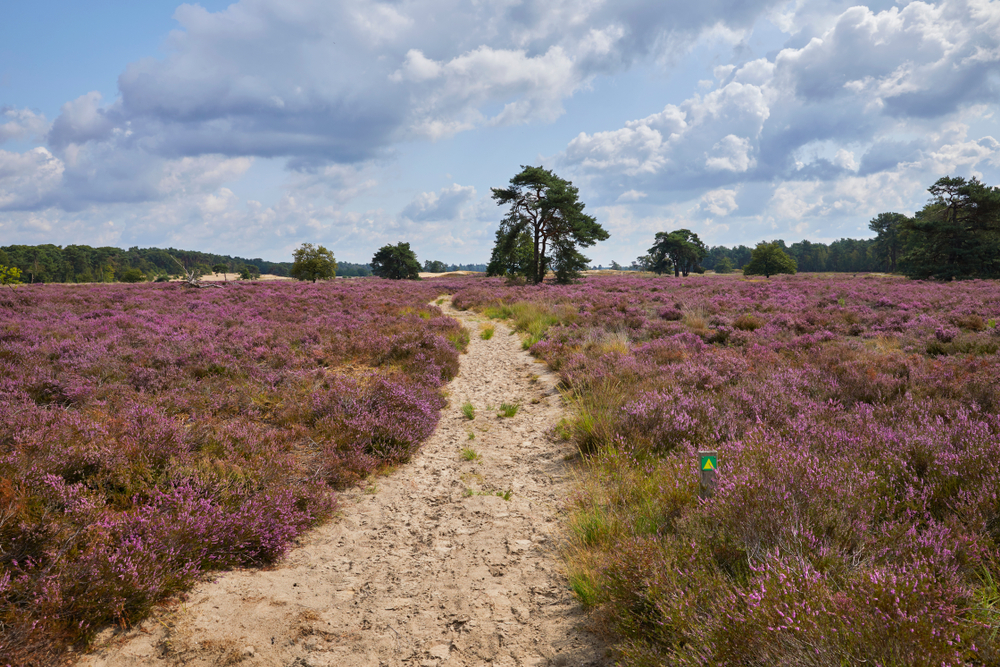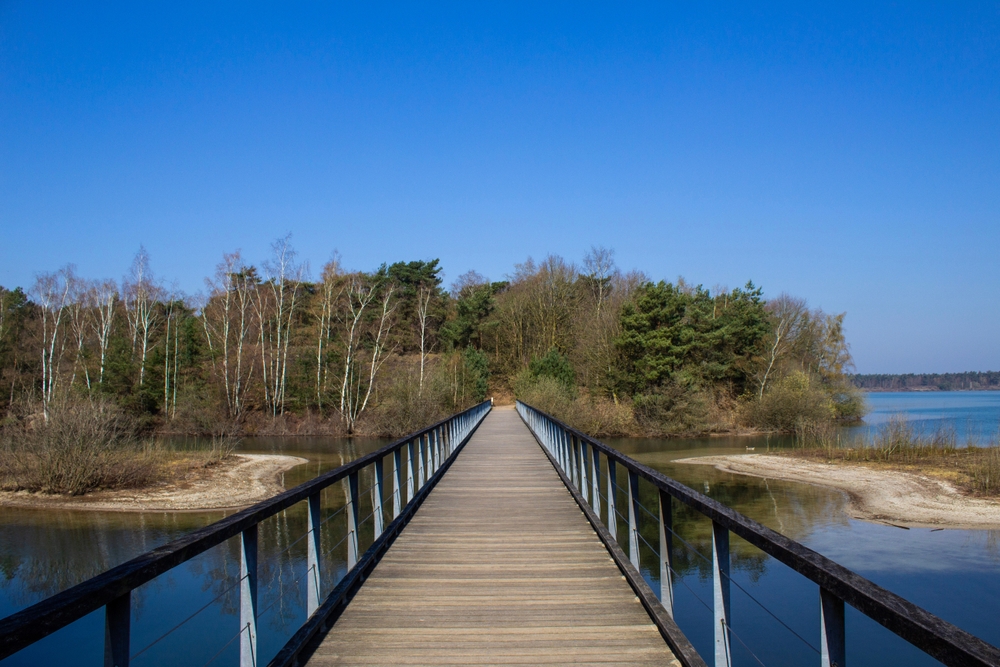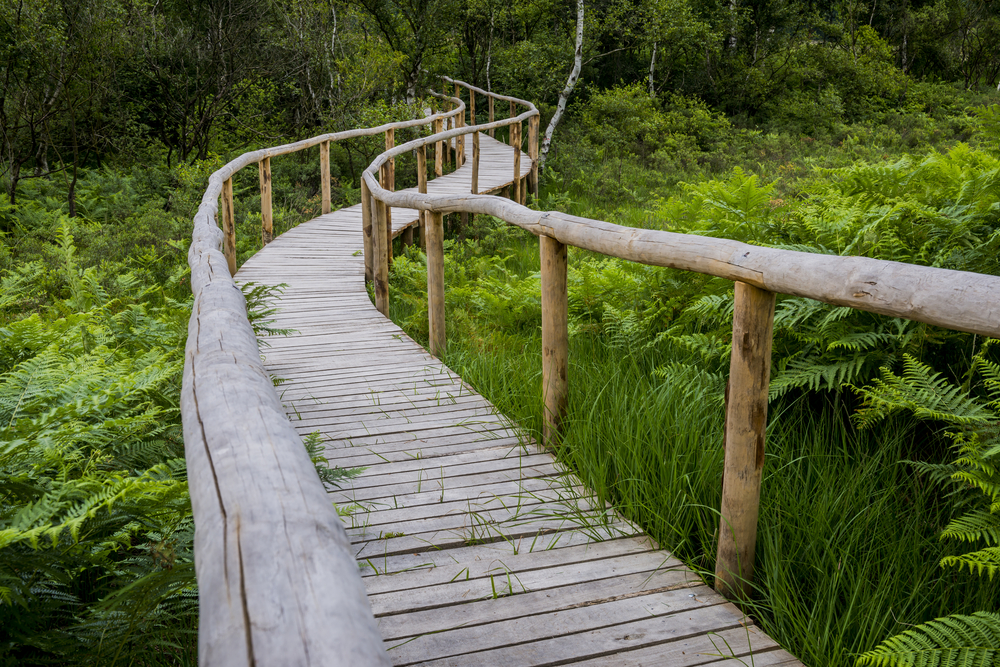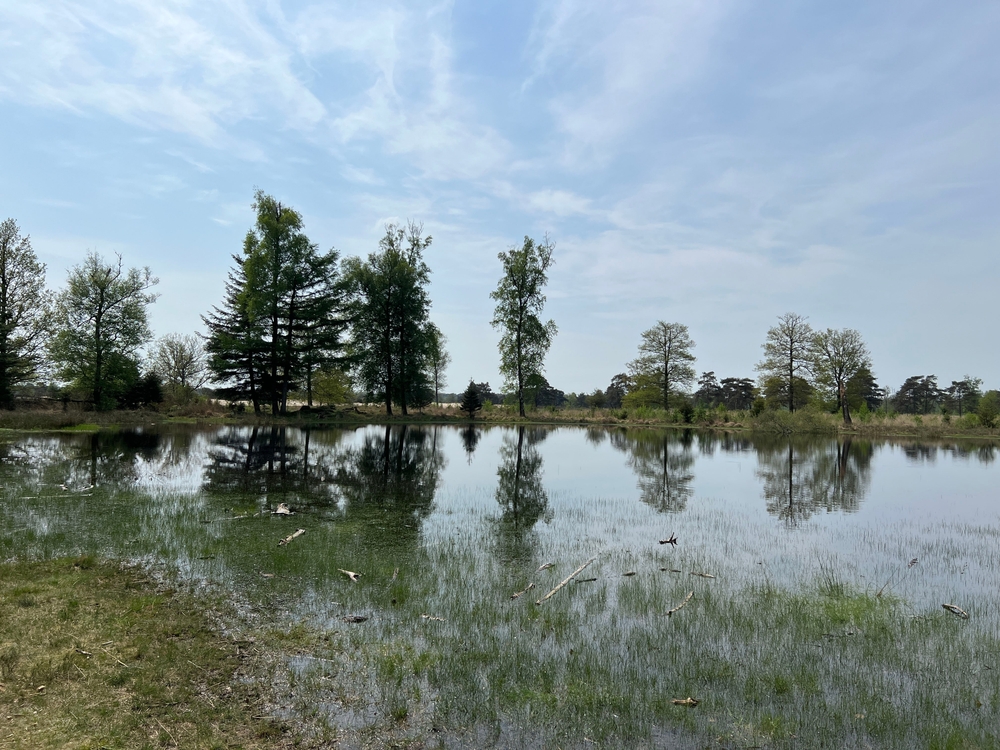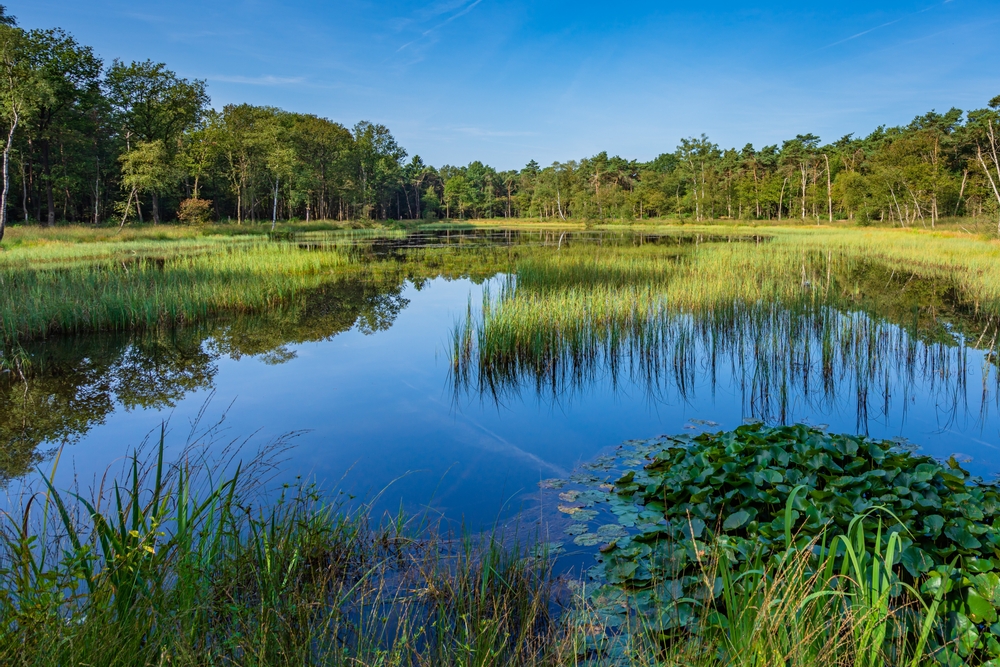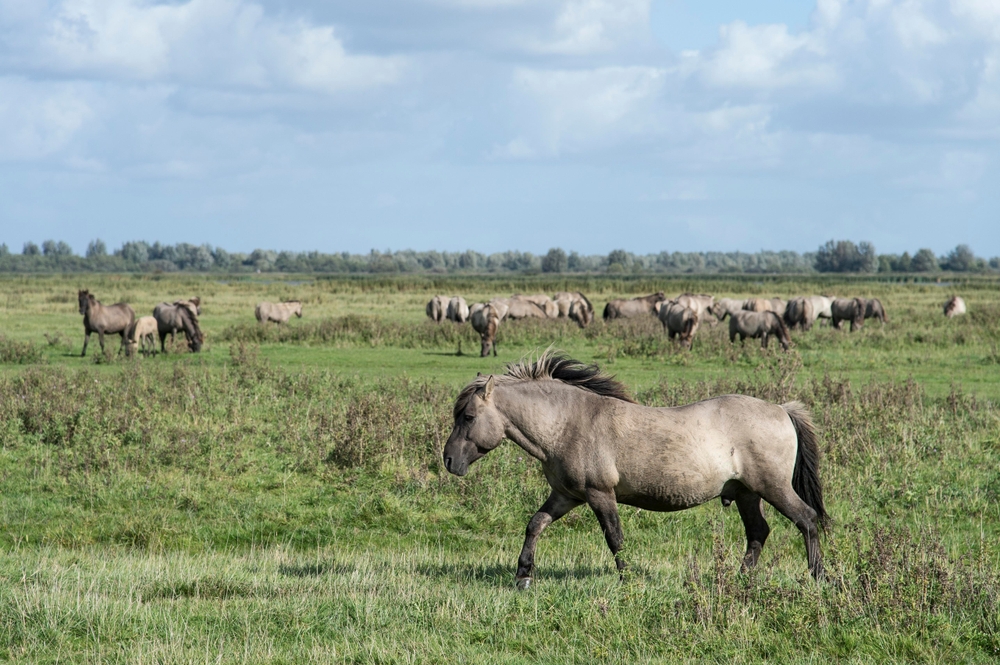Nieuw Land Overview
Nieuw Land National Park, located in the Netherlands, is a unique and expansive conservation area covering approximately 115 square miles (298 square kilometers).
Situated in the province of Flevoland, this park is a remarkable example of land reclamation, as it was entirely created from the seabed through Dutch ingenuity and engineering. Formed from the Flevoland polder, the park is a testament to how human intervention can restore and enhance natural ecosystems.
The name “Nieuw Land” translates to “New Land” in English, reflecting its origins as an area reclaimed from the waters of the former Zuiderzee.
The park consists of four key nature reserves: Oostvaardersplassen, Lepelaarplassen, Marker Wadden, and Trintelzand. These areas are characterized by a diverse range of landscapes, including wetlands, reed beds, shallow lakes, grasslands, and young forests.
The Oostvaardersplassen, the most famous section, is a vast wetland rich in biodiversity and known for its open marshes, while the Marker Wadden is an artificial archipelago designed to enhance habitat conditions for birdlife. The grasslands and marshes provide an important breeding and resting ground for various species, contributing to the park’s significance as a thriving nature reserve.
Nieuw Land National Park is an essential habitat for an impressive array of wildlife, particularly birds. It is recognized as an internationally important area for bird conservation, attracting thousands of migratory species each year. Birdwatchers can spot white-tailed eagles, spoonbills, great egrets, and large numbers of greylag geese.
The park also provides a refuge for mammals such as red foxes, roe deer, and wild horses, including the robust Konik horses that roam freely across the landscape. Additionally, Heck cattle, a breed resembling extinct aurochs, play a key role in maintaining the open grasslands by grazing, which supports a balanced ecosystem.
Visitors are drawn to Nieuw Land National Park for its serene natural beauty and outstanding opportunities for wildlife observation. The park is well-equipped with walking trails, cycling routes, and birdwatching huts that allow nature enthusiasts to immerse themselves in the landscape without disturbing the wildlife.
Guided excursions and educational programs are also available, offering deeper insights into the park’s ecological importance. The Marker Wadden, accessible by boat, is particularly popular among visitors who wish to explore the newest landmass of the Netherlands and witness the ongoing restoration of bird habitats.
Conservation efforts in Nieuw Land National Park have been largely successful, particularly in restoring wetlands and creating an ideal environment for rare and threatened species. However, the park also faces challenges, including the impacts of climate change and water management issues that require continuous monitoring.
The balance between human intervention and natural processes remains a critical aspect of managing the park, ensuring that it continues to thrive as a haven for wildlife. The success of reintroducing large grazers and expanding bird habitats highlights the park’s role as a model for conservation and ecological restoration in a man-made landscape.








































































